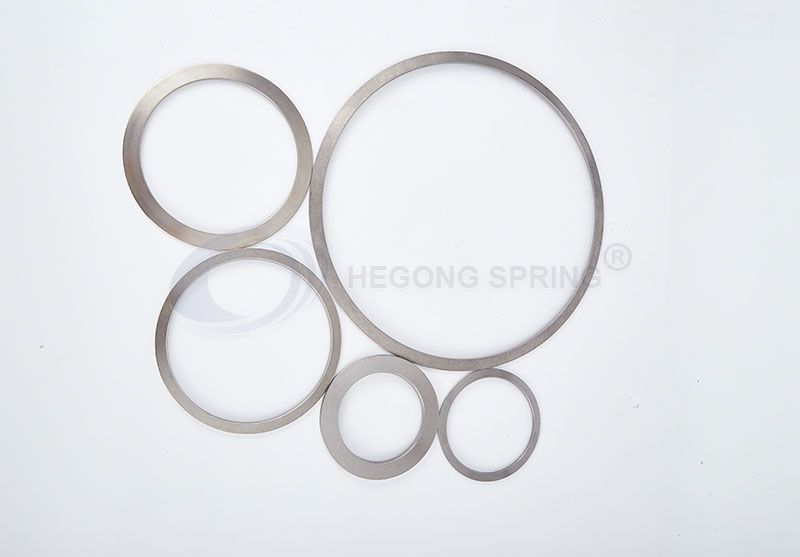Disc springs, also known as Belleville washers, are versatile components commonly used in various industrial applications. One question that often arises is whether disc springs are suitable for high-pressure valve applications. In this comprehensive guide, we'll explore the characteristics of disc springs, their performance under high pressure, and their applicability in valve systems. From their design principles to practical considerations, we'll delve into every aspect to provide a clear understanding of their suitability for high-pressure environments.

Disc springs are conically shaped washers designed to provide high force in a small space. They are typically made from materials such as steel or stainless steel and are characterized by their ability to withstand heavy loads while maintaining their spring force over a long service life.
Disc springs work on the principle of elastic deformation. When subjected to a load, they compress axially, storing energy. This stored energy is released when the load is removed, making them ideal for applications requiring high force in limited space.
Disc springs exhibit several properties that make them suitable for various applications:
High Load Capacity: Despite their compact size, disc springs can exert significant force, making them ideal for applications requiring high load capacity.
Resilience: Disc springs can withstand repeated cycles of compression and decompression without experiencing permanent deformation, ensuring long-term reliability.
Uniform Load Distribution: The conical shape of disc springs enables them to distribute loads evenly, reducing stress concentrations and prolonging component life.
Temperature Resistance: Depending on the material used, disc springs can withstand a wide range of temperatures, making them suitable for diverse operating conditions.
Disc springs are capable of operating effectively under high-pressure conditions. Their robust design allows them to withstand substantial forces without failing, making them suitable for use in high-pressure valve applications.
When choosing disc springs for valve applications, material selection is crucial. Materials with high tensile strength and corrosion resistance, such as stainless steel, are preferred for demanding environments where exposure to high pressures and corrosive substances is common.
Before deployment in high-pressure valve systems, disc springs undergo rigorous testing to ensure their performance meets specified requirements. Testing procedures may include pressure testing, fatigue testing, and material analysis to verify compliance with industry standards and regulations.
Integrating belleville disc springs into high-pressure valve systems requires careful consideration of factors such as space constraints, load distribution, and operating conditions. Proper design integration ensures optimal performance and reliability.
Regular maintenance and inspection are essential to ensure the continued functionality of disc springs in high-pressure valve applications. Periodic checks for signs of wear, corrosion, or fatigue can help prevent unexpected failures and extend the service life of the system.
Environmental factors such as temperature fluctuations, exposure to chemicals, and vibration can impact the performance of disc springs in high-pressure valve applications. Proper shielding, sealing, and material selection are necessary to mitigate these effects and ensure consistent operation.
In conclusion, disc springs are well-suited for use in high-pressure valve applications due to their robust design, high load capacity, and resilience. By understanding their characteristics and performance under high-pressure conditions, engineers and system designers can confidently incorporate disc springs into valve systems to ensure reliable operation and extended service life.
Previous: How long does a post tension slab last?
Next: None.
Copyright:@2020-2021
Comments Please sign in or sign up to post.
0
0 of 500 characters used